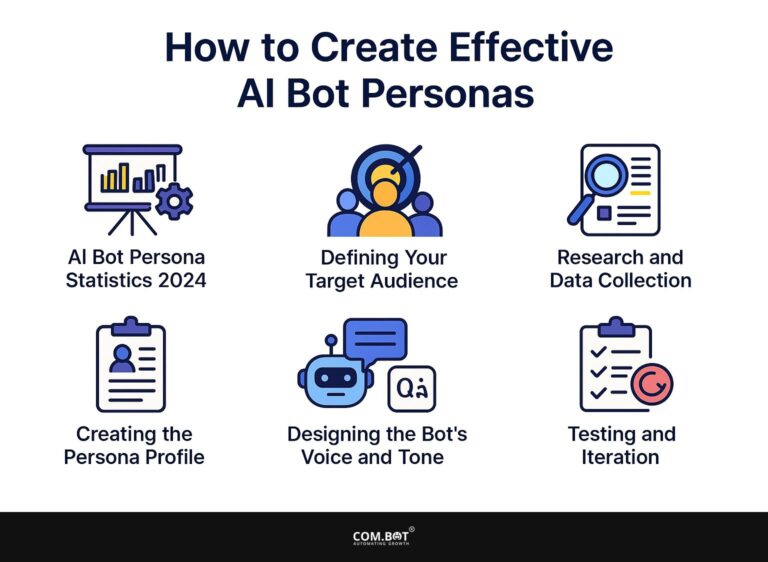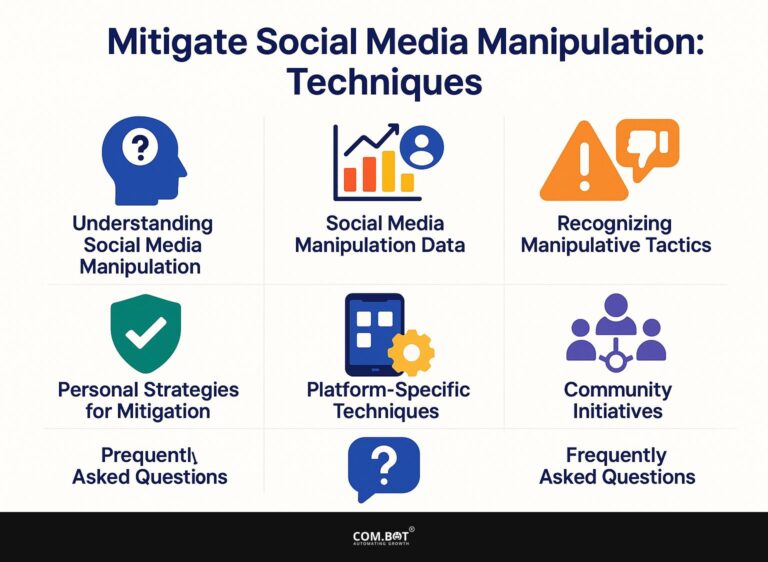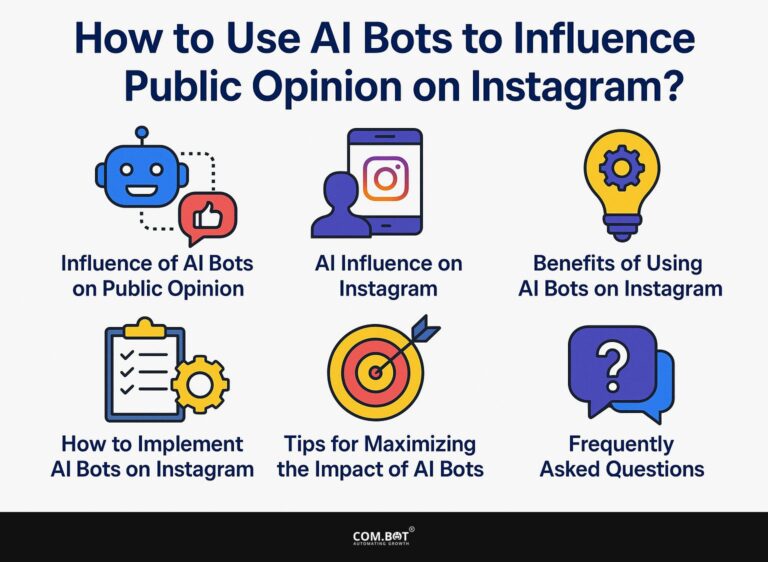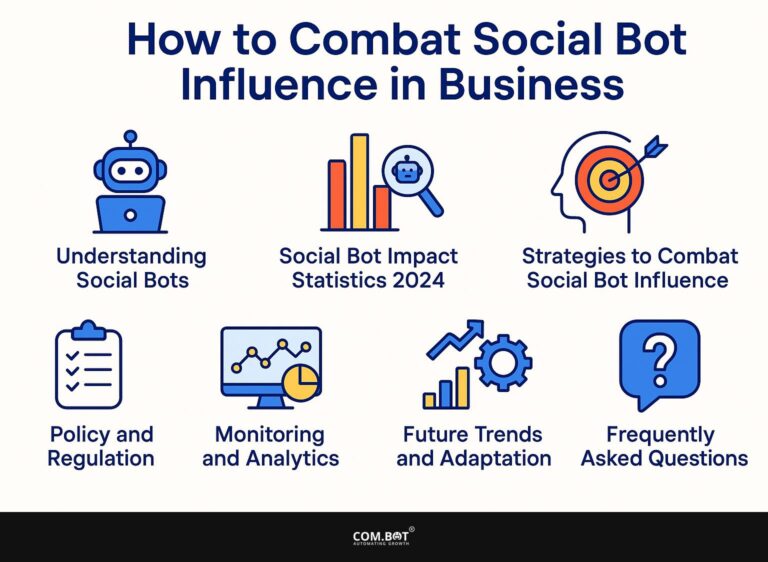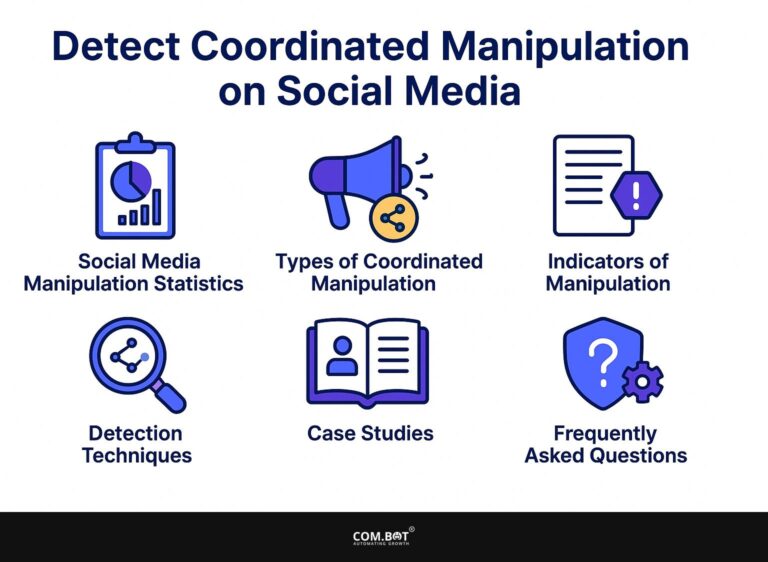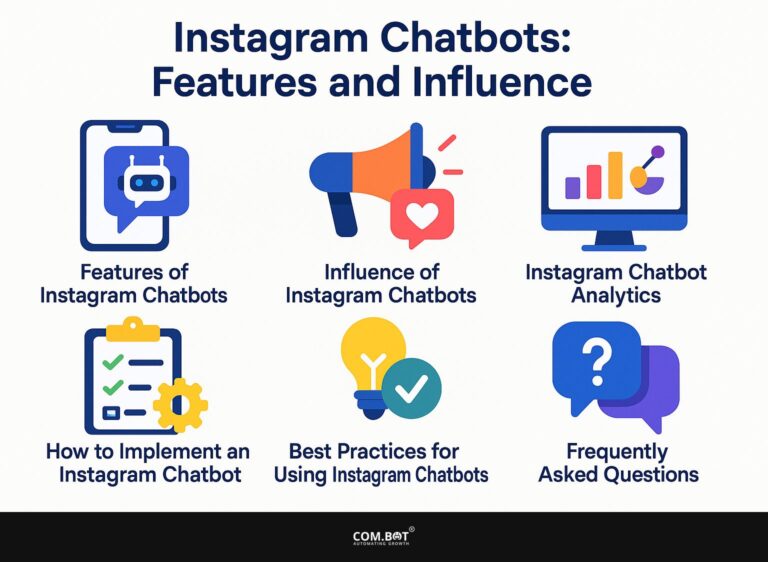Detect Bias in Chatbot Responses: Guide for Users
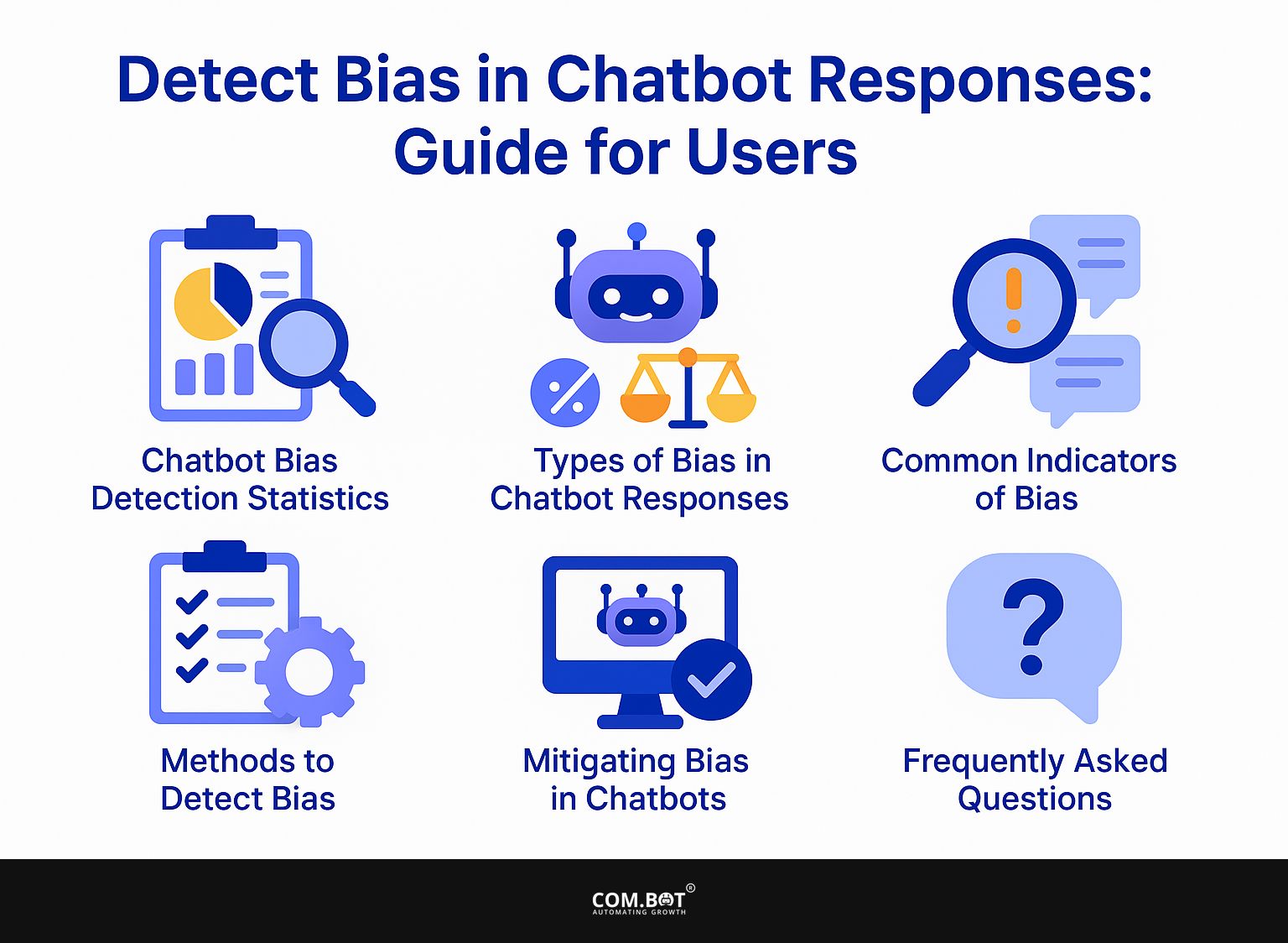
Chatbots like ChatGPT from OpenAI and XiaoICE are revolutionizing communication, but they can also carry hidden biases. Knowing bias in these natural language processing tools is important to keep their responses fair.
This guide will teach you how to find bias in chatbot conversations, helping users to carefully judge the results from large language models and make informed decisions. Find out how to spot bias and understand ways to create fairer AI interactions.
Key Takeaways:
- Be aware of the different types of bias in chatbot responses, including data, algorithmic, and user interaction bias.
- Pay attention to language and tone discrepancies and inconsistent responses as potential indicators of bias in chatbot interactions.
- Take an active role in detecting and mitigating bias in chatbots by analyzing response patterns, providing feedback, and staying informed about best practices.
- 1 Chatbot Bias Detection Statistics
- 2 Types of Bias in Chatbot Responses
- 3 Common Indicators of Bias
- 4 Methods to Detect Bias
- 5 Mitigating Bias in Chatbots
- 6 Frequently Asked Questions
- 6.1 1. What is bias in chatbot responses?
- 6.2 2. How can bias in chatbot responses affect users?
- 6.3 3. Can chatbots be intentionally biased?
- 6.4 4. What are some ways to detect bias in chatbot responses?
- 6.5 5. How can users make sure the chatbot they are interacting with is not biased?
- 6.6 6. What can users do to address bias in chatbot responses?
1. Definition of Bias in AI
Bias in AI means consistent preference or discrimination in how algorithms make decisions, which can happen due to incorrect training data or mistakes in design.
This bias often manifests in chatbots, leading to skewed responses based on the cultural, racial, or gender backgrounds present in their training datasets.
For instance, a study by Stanford University found that some AI systems exhibited gender bias, providing more positive responses to male-associated queries compared to female-associated ones.
Similarly, research from MIT highlighted instances where AI systems struggled with racial recognition, misidentifying people of color, an issue also explored in our insights into AI Bias in Content Moderation: Examples and Mitigation Strategies. To reduce these biases, developers can use tools like Fairness 360, which evaluate and improve datasets to achieve fairer results.
2. Importance of Detecting Bias
Finding bias is important because it can cause false information, loss of trust, and harmful effects, especially in important areas like healthcare.
For example, in 2018, a physician using a chatbot for patient intake found that the tool misrepresented symptoms related to minority groups, exacerbating health disparities. Similarly, XiaoICE, created to chat with users, was criticized for reinforcing stereotypes during talks about healthcare issues.
To reduce these risks, developers need to use various training data, regularly check for bias, and include user feedback in updates. Teaching algorithms to consider different viewpoints can result in more reliable and thorough chatbots, especially when a deep knowledge is required.
Chatbot Bias Detection Statistics
Chatbot Bias Detection Statistics
Empathy and Bias Statistics: Bias Impact on Empathy
The Chatbot Bias Detection Statistics shows important information on how bias can affect chatbot conversations, especially regarding empathy. Knowing the effects of bias is important for creating fair and efficient AI systems.
Empathy and Bias Statistics highlight the impact of bias on chatbot responses, specifically in terms of reduced empathy levels. The data indicates an 8.5% reduction in empathy for Black posters and an even higher 11.0% reduction for Asian posters. These statistics highlight a major issue in creating and using chatbots, indicating that these systems might unintentionally continue existing social biases.
- Empathy Reduction for Black Posters: The 8.5% drop in empathy suggests that chatbots may offer less supportive replies to Black people. This disparity can lead to negative user experiences, affecting trust and engagement levels with AI systems.
- Empathy Reduction for Asian Posters: A more pronounced reduction of 11.0% suggests that stereotypes and biases can be more deeply ingrained against certain groups, resulting in even less empathetic interactions. This might make users less likely to ask for help and talk to chatbots.
These findings emphasize the importance of addressing bias in AI training datasets and algorithms. It’s important for chatbots to consistently show empathy to all users, regardless of their background. This helps make AI systems fair and dependable. Developers and researchers are encouraged to focus on data diversity and apply bias detection tools to mitigate these issues.
Overall, the Chatbot Bias Detection Statistics remind us of the need for ethical behavior in AI creation, pushing those involved to use plans that support fairness and cut down on unfairness in automated communication.
Types of Bias in Chatbot Responses
Learning about different forms of bias in chatbot replies is important for developers to build fairer and more effective AI systems. As part of this learning, understanding the biases present in content moderation can provide crucial insights into mitigating these issues.
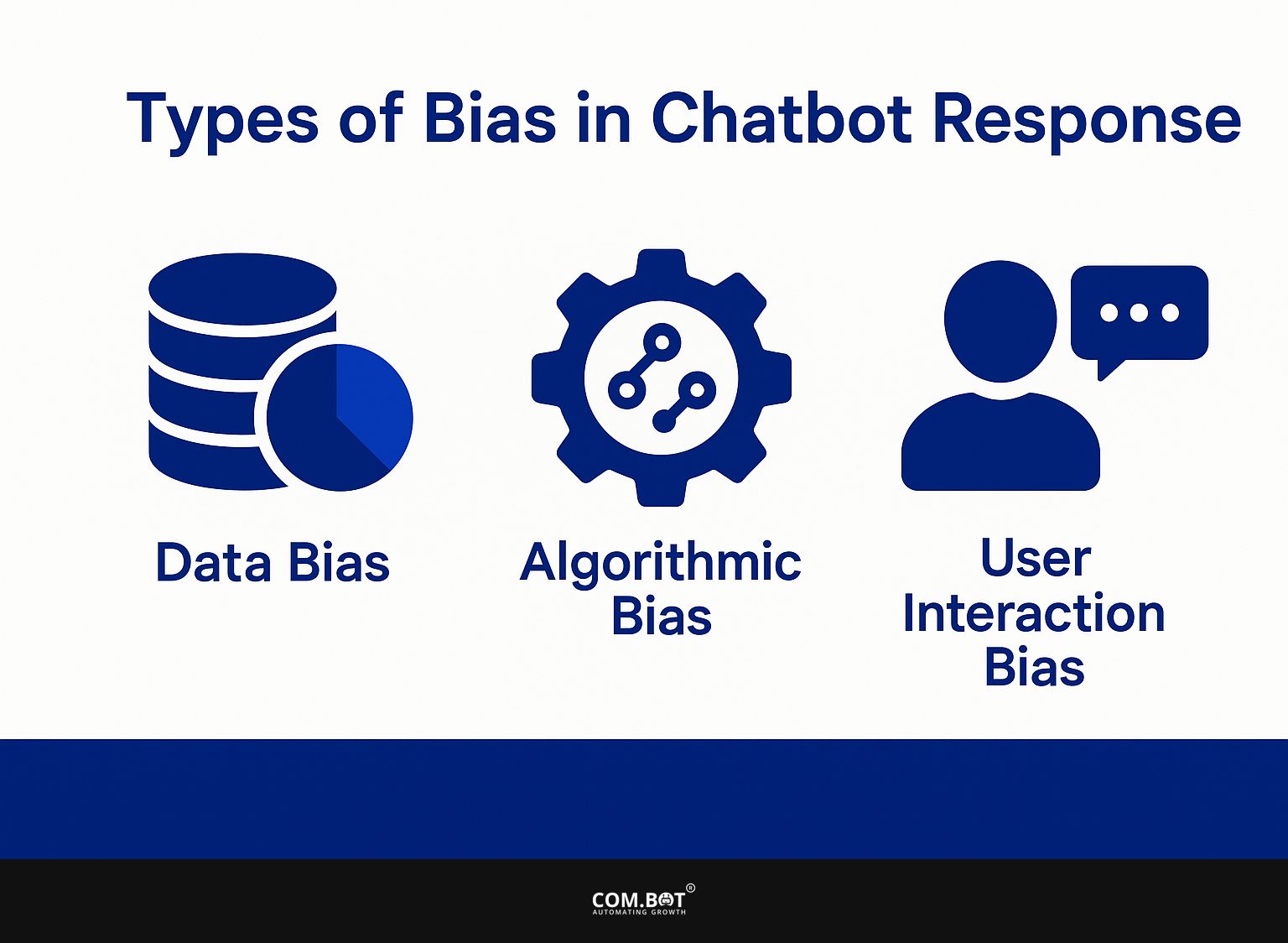
1. Data Bias
Data bias occurs when the training datasets used to develop chatbots are unrepresentative of the diverse user base they serve.
This can cause biased replies, especially when chatbots mainly trained on Western English text have difficulty grasping or correctly replying to slang or cultural references from users outside the Western world.
For instance, a chatbot lacking sufficient data on African dialects may misinterpret user queries, leading to frustration. To counteract this, developers can diversify their datasets by incorporating text from various regions, cultures, and languages, ensuring broader representation and improving overall performance and user satisfaction.
2. Algorithmic Bias
Algorithmic bias arises from the design of the algorithms themselves, potentially leading to unequal treatment of users based on their inputs. For example, Microsoft’s XiaoICE chatbot was found to provide responses that favored certain cultural norms over others, highlighting the need for diverse training datasets.
Developers can reduce these biases by using methods such as collecting data inclusively, ensuring datasets include different demographics and viewpoints. Regularly checking with tools like Google’s What-If Tool can show how different inputs change results, helping developers change algorithms to make them fairer.
For an extensive analysis of related challenges, our study on chatbot influence on public opinion provides valuable insights. Focusing on openness in creating algorithms builds trust and fairness.
3. User Interaction Bias
User interaction bias can emerge from the way users engage with chatbots, which may influence the types of responses generated. For instance, younger users might use informal language, causing chatbots to reply in a casual way. Older users usually use a formal tone, leading to a different way of interacting.
To analyze these biases, implement tools like Google Analytics for tracking engagement metrics, or employ sentiment analysis software like MonkeyLearn. Regular audits of chatbot interactions will also help identify patterns and areas needing adjustment, ensuring the bot remains balanced and can cater effectively to varying demographic preferences.
Common Indicators of Bias
Finding typical signs of bias in chatbot replies is important for spotting and fixing hidden problems. Understanding how AI bots can impact misinformation and the strategies to mitigate these biases is crucial for improving the reliability of chatbot interactions.
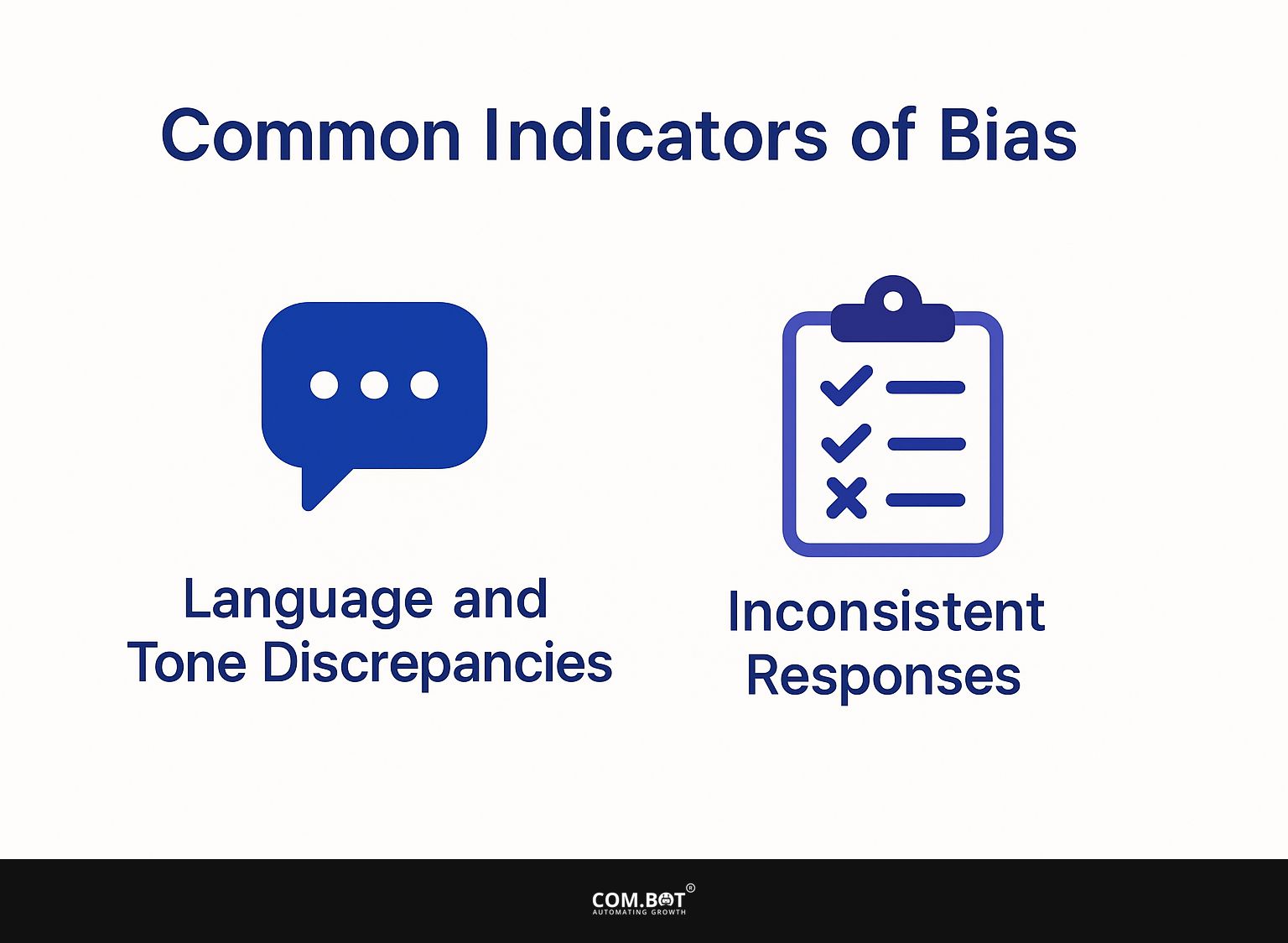
1. Language and Tone Discrepancies
Discrepancies in language and tone can signal bias, indicating that chatbots are responding differently based on user demographics. To reduce these biases, we need to examine chatbot conversations.
Tools like Google’s Natural Language API can assess the tone and sentiment of responses, allowing developers to align chatbot language with diverse user groups. For example, if a chatbot uses overly formal language with younger users, adjustments can be made to adopt a more casual tone.
Regular reviews of chatbot conversations provide helpful details, making responses better and encouraging more engagement for all users. Training datasets should include a variety of dialects and communication styles to support clear and friendly interactions.
2. Inconsistent Responses
Inconsistent responses from chatbots can highlight underlying biases, affecting user trust and satisfaction. To spot these inconsistencies correctly, use tools such as Hotjar and UserTesting.
Hotjar allows you to track user interactions, revealing where users frequently express confusion or dissatisfaction with chatbot responses. In contrast, UserTesting offers feedback based on recorded user sessions, allowing you to watch real interactions and understand common mistakes.
By studying this data, you can identify specific problem areas, modify the bot’s training, and improve overall accuracy, resulting in better user interaction and satisfaction.
Methods to Detect Bias
Finding bias in chatbots with reliable methods is important for maintaining ethical guidelines in AI technology. For those interested in how AI bias impacts content moderation, see also: AI Bias in Content Moderation: Examples and Mitigation Strategies.
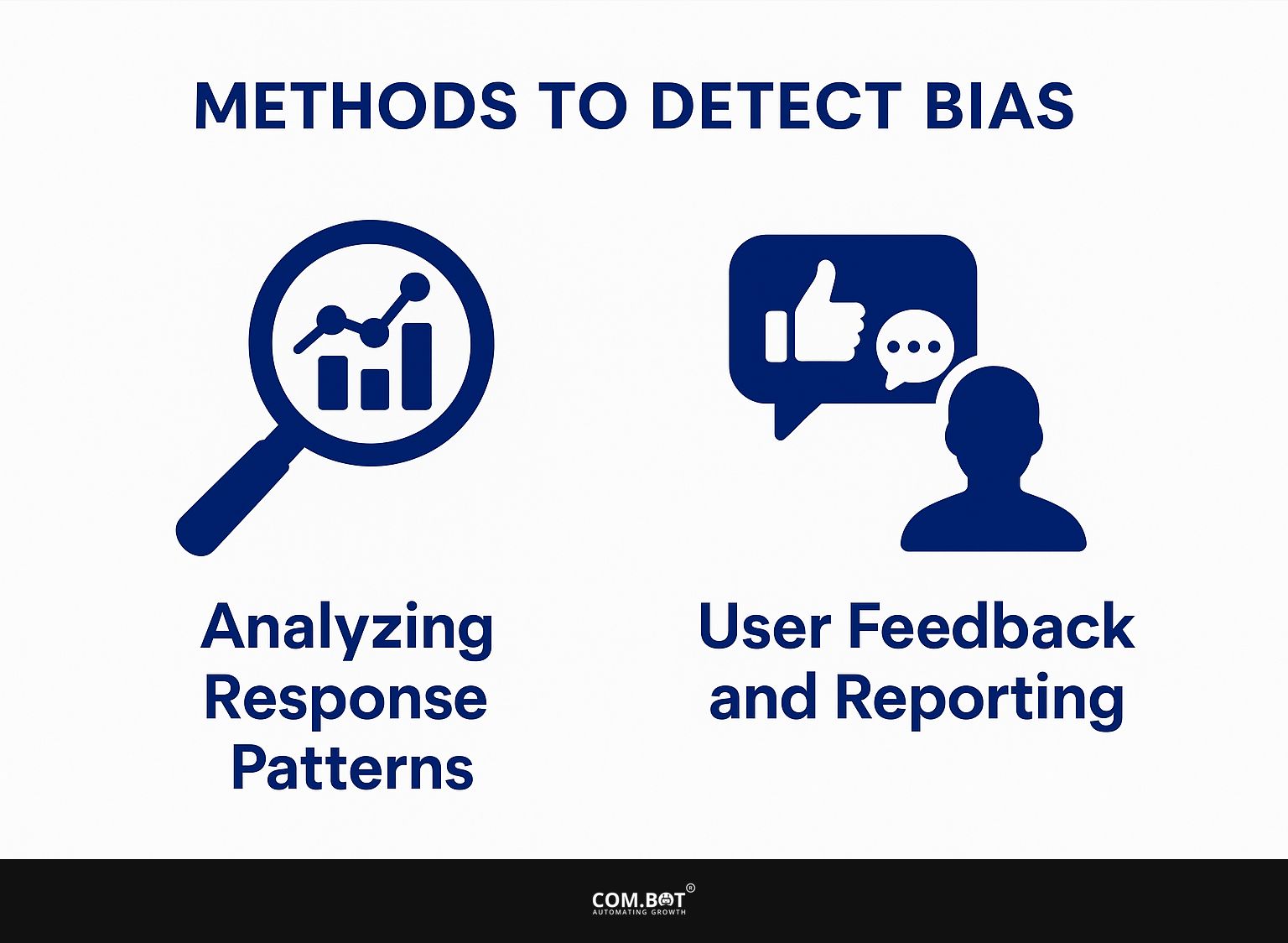
1. Analyzing Response Patterns
Analyzing response patterns can reveal hidden biases in chatbot interactions, enabling targeted improvements. To effectively examine response patterns, use tools like Python with libraries such as Pandas for handling data and Matplotlib for creating visual graphs.
Begin by collecting a dataset of interactions, which might include user queries and bot responses. Next, apply statistical methods, such as sentiment analysis, to identify trends in how users perceive the bot’s language and tone.
Consider implementing A/B testing with varied response algorithms to gauge user satisfaction. By often reviewing and changing based on this information, you can improve the bot’s performance and the experience for users.
2. User Feedback and Reporting
User feedback is important for identifying and sharing bias, providing useful information about actual experiences.
To effectively gather and analyze user feedback, consider implementing tools like SurveyMonkey or Typeform. These platforms allow you to create customized surveys that can assess user experiences and perceptions.
For example, you might ask users to rate their experience on a scale of 1 to 10 or encourage open-ended responses about potential biases they’ve encountered.
Analyzing these responses helps identify patterns and adjust your content or approach accordingly. Schedule regular reviews of the feedback, ideally monthly, to continuously improve and mitigate bias.
Mitigating Bias in Chatbots
Reducing bias in chatbots involves using diverse methods, concentrating on the training data and continuous assessments.
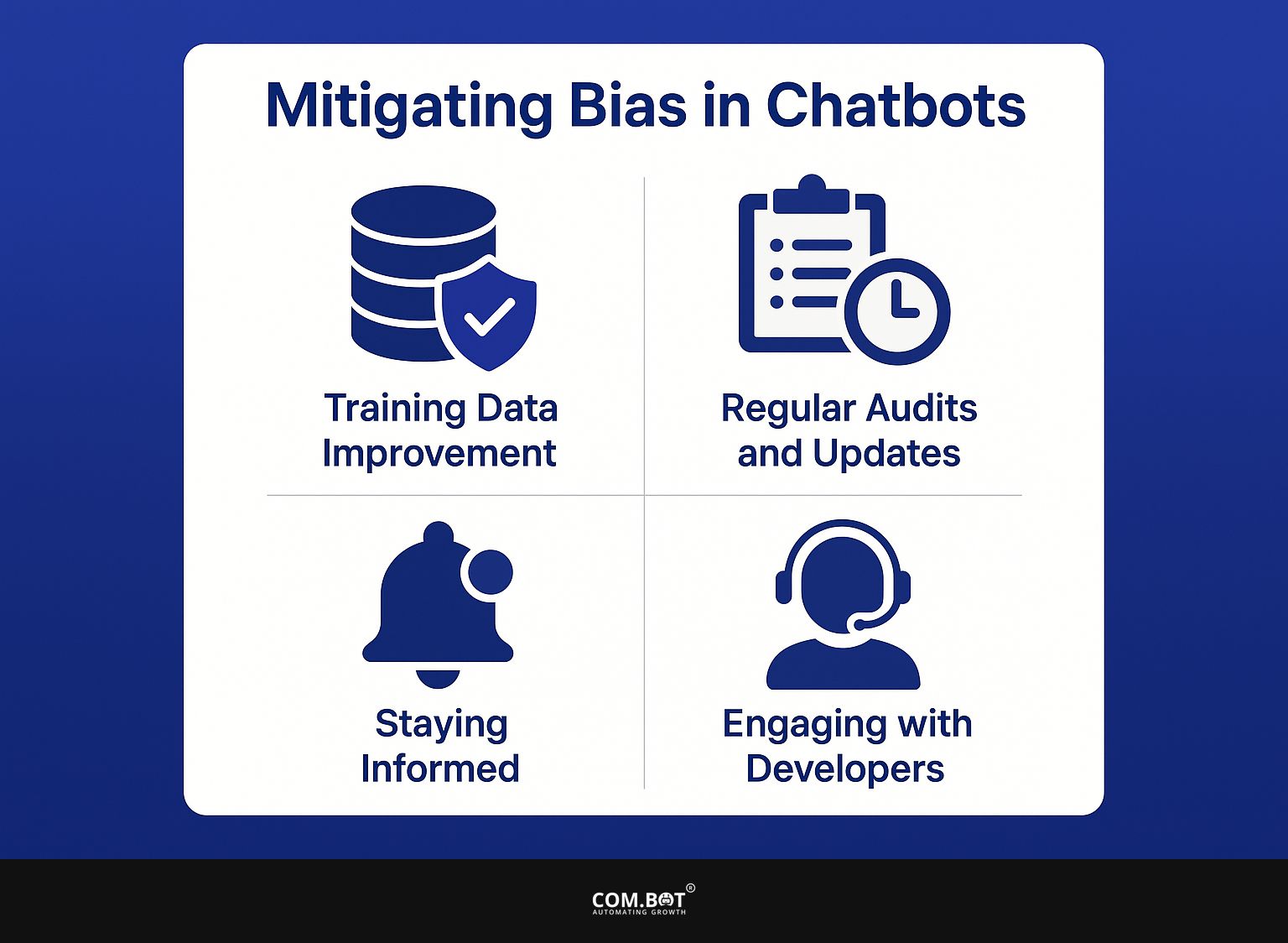
1. Training Data Improvement
Improving training data quality and diversity is essential for reducing bias in chatbot responses. To improve your training datasets, begin by collecting data from different groups to include a range of viewpoints.
Engage with platforms like Reddit or community forums where underrepresented voices share their experiences. Use methods like replacing words with synonyms or rephrasing sentences to naturally increase the size of your dataset. Tools like Hugging Face’s Transformers can help you present your data in various forms.
Regularly evaluate and update your datasets to reflect current language usage and cultural contexts, promoting inclusivity in chatbot interactions.
2. Regular Audits and Updates
Regular audits and updates of chatbot systems can significantly reduce the risk of bias over time. Using tools like Microsoft Azure’s Machine Learning is essential for these reviews. Start by tracking key performance indicators (KPIs) like user satisfaction scores and response accuracy.
Schedule quarterly performance evaluations to analyze data trends, identifying areas for improvement. For instance, if a particular response consistently receives negative feedback, it may indicate bias in the training data.
Implement a feedback loop where users can report issues, allowing for real-time adjustments. These methods improve your chatbot, ensuring it stays helpful, fair, and correct.
3. Staying Informed
Staying informed about the latest research and developments in chatbot ethics can help developers stay ahead of potential bias issues.
To achieve this, follow key publications such as the “Journal of AI Ethics” and organizations like the “Partnership on AI.” Signing up for their newsletters can provide regular updates on best practices and case studies. Joining webinars or conferences about AI ethics can provide important information directly from specialists.
Use tools like Google Alerts or Feedly to monitor relevant topics, ensuring you receive the latest information without having to search actively.
4. Engaging with Developers
Working with other developers and the user community can improve teamwork and help identify and reduce bias.
- Joining relevant forums like AI Ethics Lab or communities on GitHub provides access to shared knowledge and discussions on bias in chatbot development.
- Actively participate by asking questions, sharing your own experiences, and offering solutions to challenges faced by others.
- Utilizing collaborative tools such as Slack or Discord can help establish real-time communication channels.
- Think about setting up or joining webinars and workshops on AI ethics to learn from experts about bias reduction strategies.
Frequently Asked Questions
1. What is bias in chatbot responses?
Bias in chatbot responses means the chatbot’s answers show partiality or unfair preference. This can be based on various factors such as race, gender, age, and cultural background.
2. How can bias in chatbot responses affect users?
Bias in chatbot replies can harm users by giving wrong or unfair information, supporting stereotypes, and causing feelings of being left out or isolated.
3. Can chatbots be intentionally biased?
Yes, chatbots can be intentionally biased if they are programmed with biased data or if the developers have biased intentions. It is important for chatbot developers to actively address and prevent bias in their creations.
4. What are some ways to detect bias in chatbot responses?
One way to detect bias in chatbot responses is to ask the same question multiple times, with different inputs or from different users, and compare the answers. Analyzing the language and sources used in the responses can also show any possible bias.
5. How can users make sure the chatbot they are interacting with is not biased?
Users can research the creator or company behind the chatbot and their values or diversity initiatives. They can also look for any disclaimers or statements addressing bias in the chatbot’s programming or responses. Finally, users can report any instances of bias they encounter while using the chatbot.
6. What can users do to address bias in chatbot responses?
If users encounter bias in chatbot responses, they can provide feedback to the chatbot’s developers or company. They can also share their experience with others to raise awareness and promote a more inclusive and unbiased use of chatbots.
